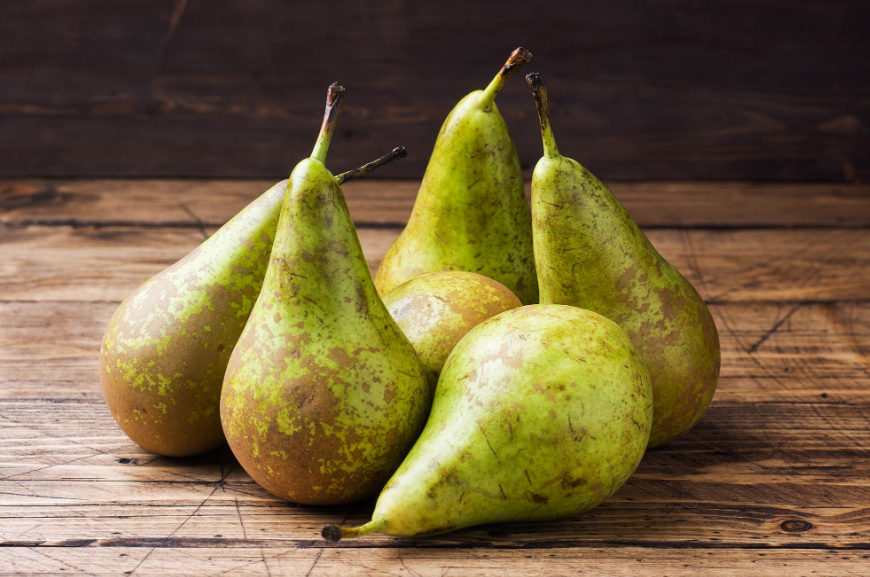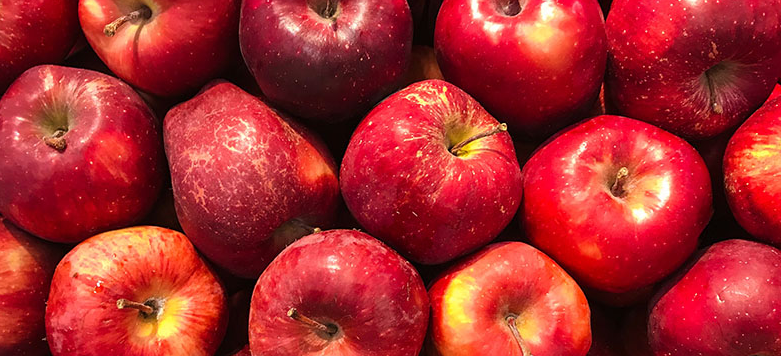Are you a fruit lover? If yes, then have you heard of Brazil National Fruit, Cupuaçu? This exotic fruit is not just delicious, but it is also a vital part of Brazil’s culture and economy. In this article, we will take an in-depth look at Cupuaçu, exploring its origins, uses, and benefits.
What is Cupuaçu?
Cupuaçu, also known as Theobroma grandiflorum, is an exotic fruit native to the Amazon region of South America. The fruit is oblong and can weigh up to 4 kg. It has a hard, thick, and woody shell that can be opened to reveal the creamy, fragrant white pulp. Cupuaçu’s taste is described as a combination of chocolate and pineapple, making it a popular ingredient in desserts and beverages.
Origins of Brazil National Fruit: Cupuaçu
Cupuaçu has been an essential part of the Amazonian culture for centuries. The fruit was used by the indigenous people for its medicinal properties and as a source of food. In the 18th century, Cupuaçu was first introduced to the western world by the Portuguese. Since then, the fruit has gained popularity worldwide, becoming a staple in Brazil’s culture and cuisine.
Cupuaçu Tree and Fruit Characteristics
The Cupuaçu tree is a tall and evergreen tree that can grow up to 20 meters. It is a member of the cocoa family and produces flowers that bloom between October and March. The fruit takes around five to six months to mature, and it is harvested during the rainy season, from December to March. The fruit can weigh between 1 kg to 4 kg and has a hard, woody shell that protects the white and creamy pulp. The pulp contains numerous seeds, making it unsuitable for eating raw.
How is Cupuaçu Used?
Cupuaçu is a versatile fruit used in a variety of ways. The fruit’s pulp is used to make juices, jams, ice cream, mousses, and other desserts. The seeds are also used to produce butter and oil used in cosmetic products such as shampoos, lotions, and soaps. Cupuaçu is also used in traditional medicine to treat stomach ailments, fever, and infections.
Nutritional Value of Brazil National Fruit
Cupuaçu is a nutrient-dense fruit that is rich in antioxidants, vitamins, and minerals. The fruit contains high levels of vitamin C, vitamin B1, B2, B3, and B9. It is also an excellent source of iron, phosphorus, and calcium. One cup of Cupuaçu pulp contains approximately 98 calories, 1.7 grams of protein, and 24 grams of carbohydrates.
Health Benefits of Cupuaçu
Cupuaçu’s health benefits are numerous, and they are mainly attributed to its high nutrient content. The fruit is known to improve digestion, boost the immune system, reduce inflammation, and prevent chronic diseases such as heart disease, cancer, and diabetes. The antioxidants found in Cupuaçu also help protect the body against free radicals, preventing cellular damage and oxidative stress. Additionally, Cupuaçu is an excellent source of fiber, promoting bowel regularity and improving overall digestive health.
Cupuaçu in Brazil’s Culture
Cupuaçu is an integral part of Brazil’s culture and cuisine. The fruit is used in numerous traditional dishes, including the famous Brazilian dessert, Cupuaçu mousse. Additionally, Cupuaçu is used to make a popular Brazilian drink called “cupulate,” which is similar to hot chocolate but with a unique Cupuaçu flavor. The fruit’s butter and oil are also widely used in the cosmetic industry, promoting sustainable agriculture and providing economic benefits to Brazil’s Amazon region.
Cupuaçu Production in Brazil
Brazil is the world’s largest producer of Cupuaçu, with most of the fruit grown in the Amazon region. The Cupuaçu harvest season in Brazil is from December to March, with the fruit being exported worldwide to various countries such as the United States, Japan, and Europe.
Cupuaçu Global Market
Cupuaçu’s global market is growing, with the fruit being recognized for its unique taste and health benefits. The demand for Cupuaçu in the food and cosmetic industry is on the rise, with many companies incorporating the fruit in their products.
How to Select and Store Cupuaçu
When selecting Cupuaçu, look for a fruit that is heavy, firm, and has no signs of decay or blemishes. Cupuaçu’s thick shell protects the fruit’s pulp, making it durable for transportation. However, once opened, Cupuaçu should be consumed or refrigerated as the fruit can spoil quickly.
Cupuaçu Recipes
Cupuaçu is a versatile fruit that can be used in various recipes, from desserts to savory dishes. Here are some Cupuaçu recipes to try:
- Cupuaçu Mousse
- Cupuaçu Smoothie
- Cupuaçu Truffles
- Cupuaçu Jam
- Cupuaçu Chicken Curry
Conclusion
Cupuaçu is an exotic fruit that is not only delicious but also has numerous health benefits. This fruit is a vital part of Brazil’s culture and economy, promoting sustainable agriculture and providing economic benefits to the Amazon region. With its growing popularity worldwide, Cupuaçu is a fruit to watch out for in the future.
FAQs
- Is Cupuaçu high in sugar?
Cupuaçu has a moderate sugar content compared to other fruits, with approximately 5 grams of sugar per 100 grams of pulp.
- Can I eat Cupuaçu seeds?
Cupuaçu seeds are not suitable for eating raw, but they are used to produce butter and oil used in cosmetics.
- Is Cupuaçu mousse healthy?
Cupuaçu mousse can be a healthy dessert option when made with natural sweeteners and consumed in moderation.
- How does Cupuaçu taste?
Cupuaçu’s taste is described as a combination of chocolate and pineapple, making it a unique and delicious fruit.
- Can Cupuaçu be grown outside of Brazil?
Cupuaçu requires a tropical climate and is primarily grown in Brazil’s Amazon region, making it challenging to grow outside of its
References
- “The role of Cupuaçu (Theobroma grandiflorum) in oxidative stress and inflammation in vitro and in vivo studies.” Food and Chemical Toxicology, Elsevier, 2016, https://www.sciencedirect.com/science/article/pii/S0278691516300105.
- “Cupuassu (Theobroma grandiflorum): A Rich Source of Essential Nutrients with Promising Health Benefits.” International Journal of Food Science, Hindawi, 2019, https://www.hindawi.com/journals/ijfs/2019/8649516/.
- “Cupuaçu Butter, The Amazonian Beauty Secret.” UEBT, https://www.uebt.net/cupuacu-butter-the-amazonian-beauty-secret/.

